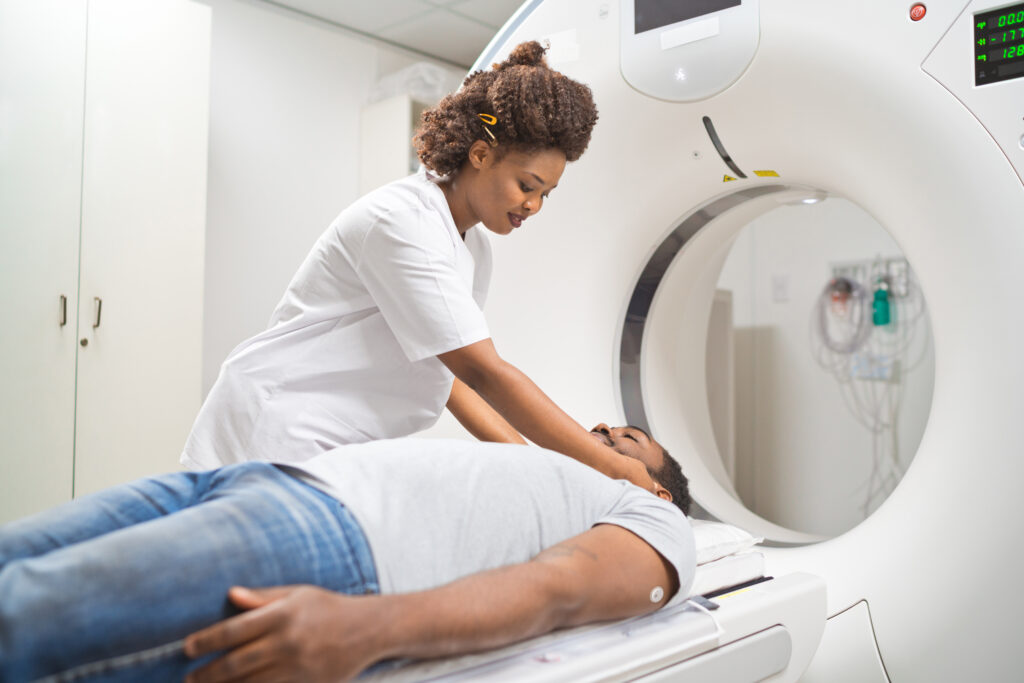
What You Should Know:
– Abbott announced that its FreeStyle Libre 2 and 3 continuous glucose monitoring (CGM) systems have received FDA clearance for use during common imaging procedures, including X-rays, CT scans, and MRIs.
– The development makes Abbott’s systems the first and only patient-applied CGM sensors approved for use during these screenings, offering greater convenience and potential cost savings for people with diabetes.
Improving Diabetes Management
Individuals with diabetes rely on CGM systems to continuously monitor their glucose levels, enabling them to make informed decisions about their care, such as adjusting insulin doses. Previously, users had to remove and discard their CGM sensors before undergoing imaging procedures, leading to interruptions in monitoring and potential inconvenience.
With this new clearance, users of FreeStyle Libre 2 and 3 systems can now wear their sensors during these procedures without any impact on the sensor’s performance or accuracy. This eliminates the need for sensor removal and replacement, providing a more seamless and convenient experience for individuals managing their diabetes.
Addressing the Needs of People with Diabetes
Diabetes can lead to various complications that often require imaging procedures for diagnosis and monitoring. X-rays, CT scans, and MRIs are commonly used to assess conditions such as:
- Bone injuries
- Kidney stones
- Blood clots
- Brain injuries
- Ischemic heart disease
- Fatty liver disease
By allowing patients to wear their FreeStyle Libre 2 and 3 sensors during these procedures, Abbott is improving the overall diabetes management experience.
Rigorous Testing and Validation
Abbott conducted extensive testing to ensure the safety and efficacy of its FreeStyle Libre 2 and 3 sensors during imaging procedures. This rigorous testing led the FDA to clear the removal of the contraindication, providing reassurance to users and healthcare providers.
“For people with diabetes, especially those using insulin, removing a CGM sensor for long periods can be problematic,” said Carol Wysham, M.D., clinical professor of medicine at the University of Washington School of Medicine and section head of the department of diabetes and endocrinology at Rockwood Clinic in Spokane. “Previously, patients had to remove their sensors during these procedures, resulting in several hours without critical data, especially if they didn’t have a replacement sensor. The removal of the imaging contraindication from Abbott’s FreeStyle Libre 2 and 3 systems is a big win for patients, allowing them to keep their sensors on and avoid lost data.”

